As with the Anglia that preceded it, and indeed the Ford Focus that succeeded it, the Ford Escort found continual favour throughout its long life as one of Britain’s best-selling cars.
The original Escort launched in 1968, the second in 1974 and the third in 1980.
We tested the latter in its fast form, the XR3, on 15 November 1980, and were mightily impressed, but on 10 January 1981, we found it how it would cope with its natural role, that of a spacious family transporter, in Estate form.
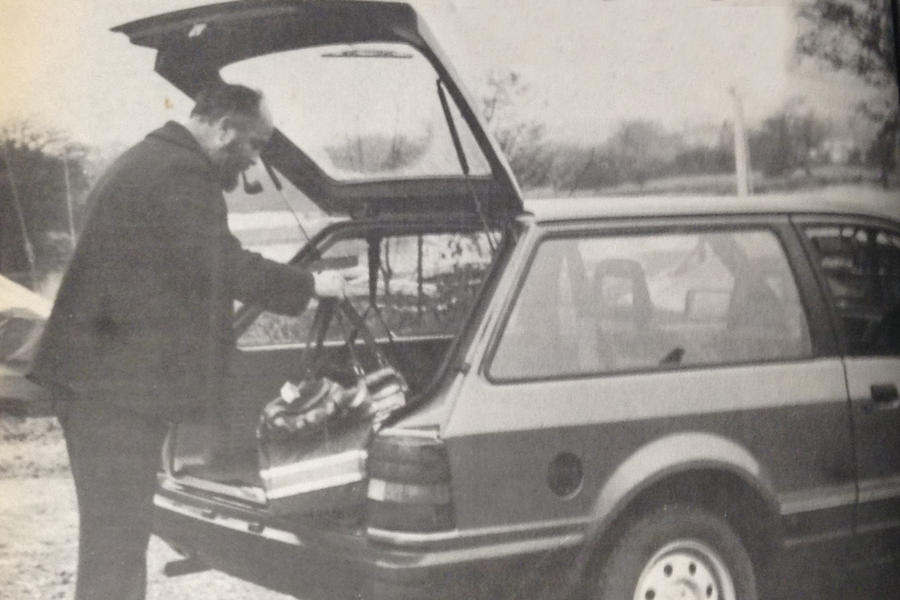
Equipped with a four-cylinder 1.6-litre petrol engine, producing 79bhp and 92lb ft, a four-speed manual gearbox and front-wheel drive, our test car, the 1.6 L, was priced at £4717.
This put it on equal footing with its, er, esteemed contingent of rivals comprised of the Morris Ital, Peugeot 305, Renault 18, Talbot Avenger and Vauxhall Astra Estates.
In our test Escort Estate, we achieved 0-30mph in 4.0sec, while 0-60 took a “most creditable” 11.9sec – “in the same class as an Alfa Romeo Alfasud 1300Ti, Fiat Super Milafiori or Triumph Dolomite”.
The engine itself proved to be “reasonably flexible”, and with a “nice, fast idle”. It also had a “sensibly high top gear figure of 19.2mph/1000rpm,” making it “reasonably quiet at 90-plus mph, and more importantly, sensibly economical". We achieved an average of 32.1mpg – much better than the 28.7mpg of the Escort 1.3 Ghia and more frugal than all of its five rivals.
Top speed was 102mph, reached at 5300rpm, although when really pushed, the engine would “nerve-stretchingly scream” to 6520rpm.


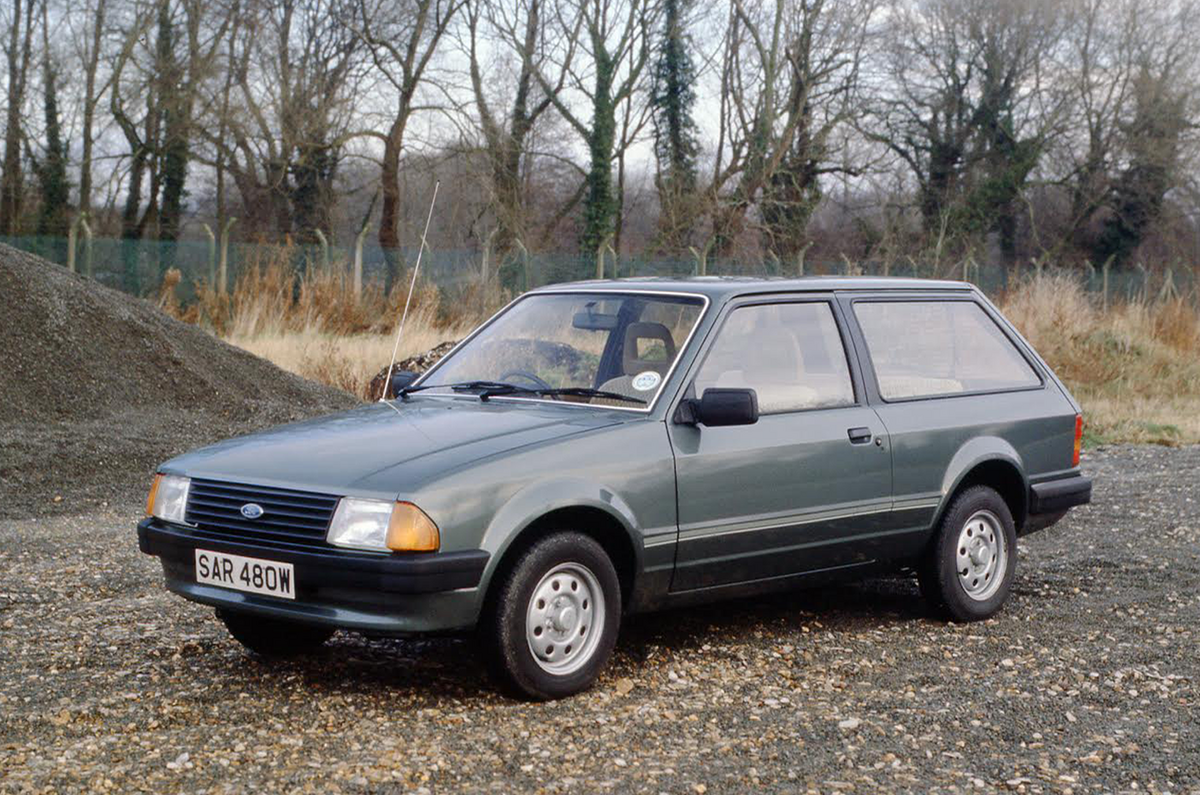

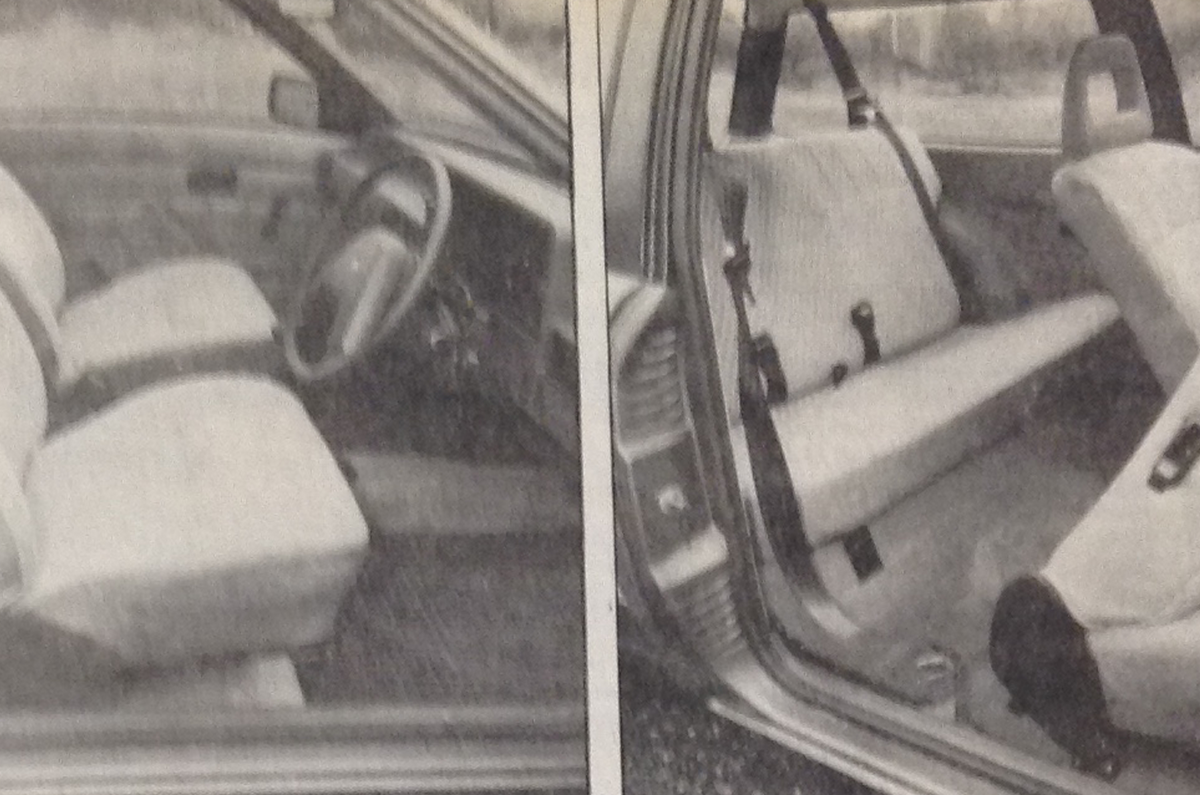
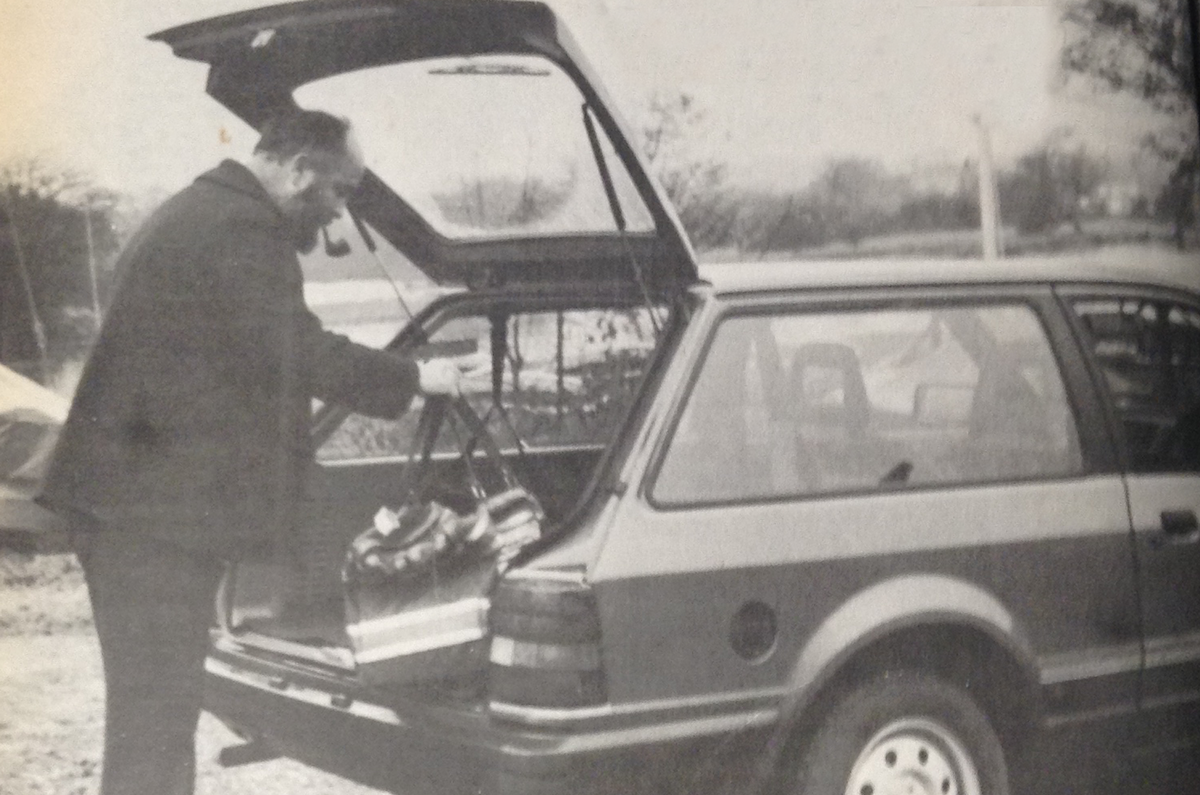
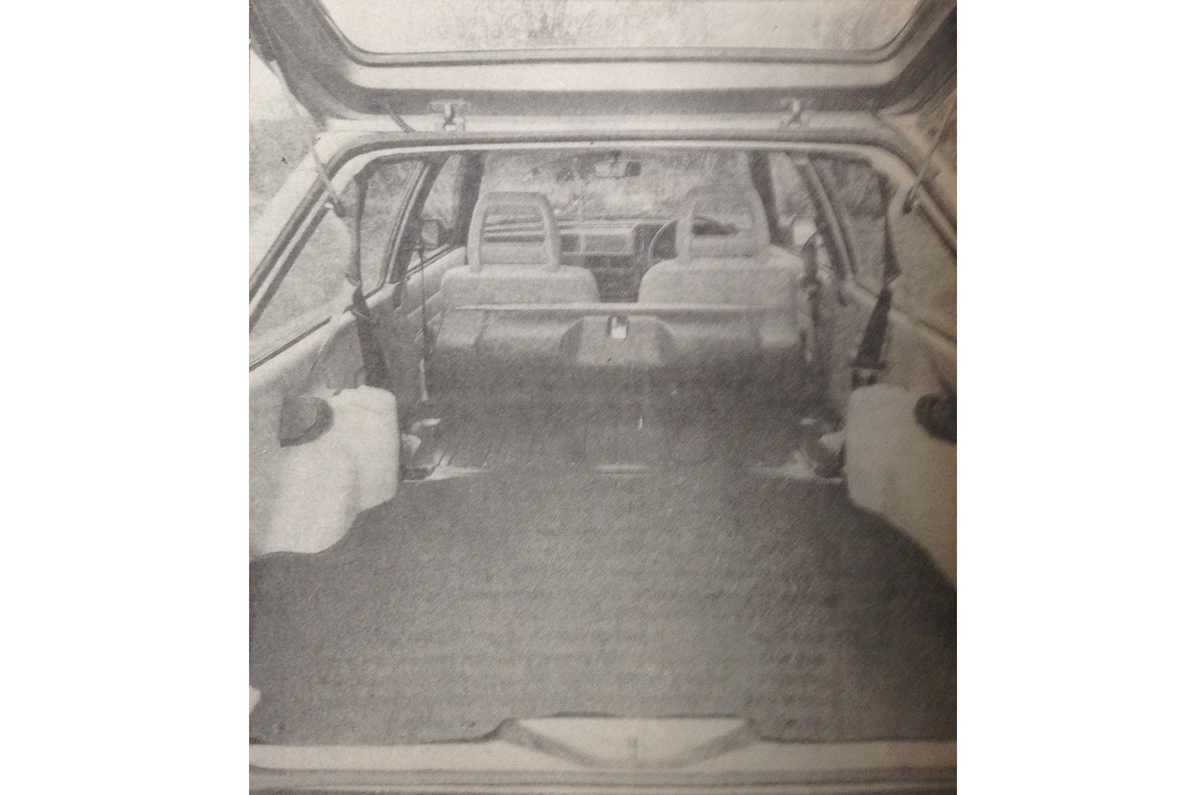
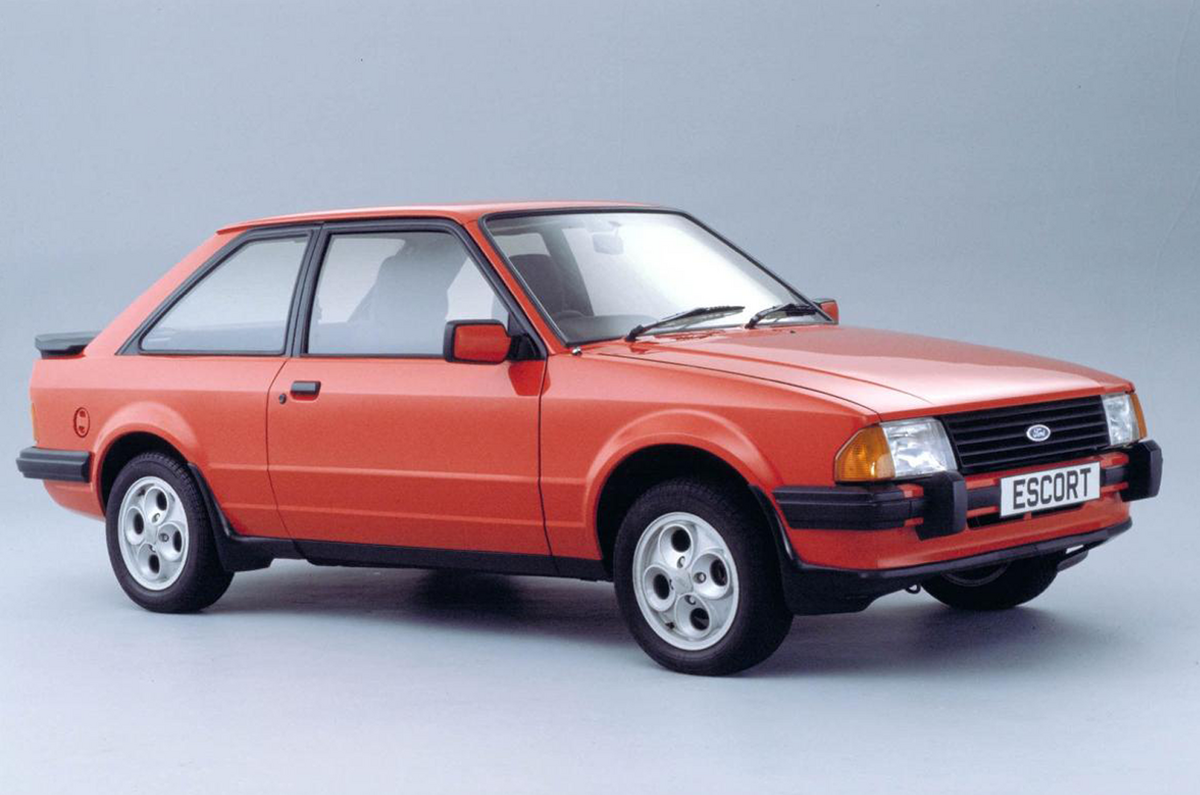


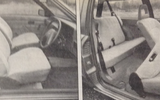

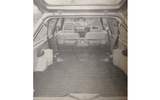
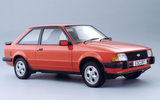

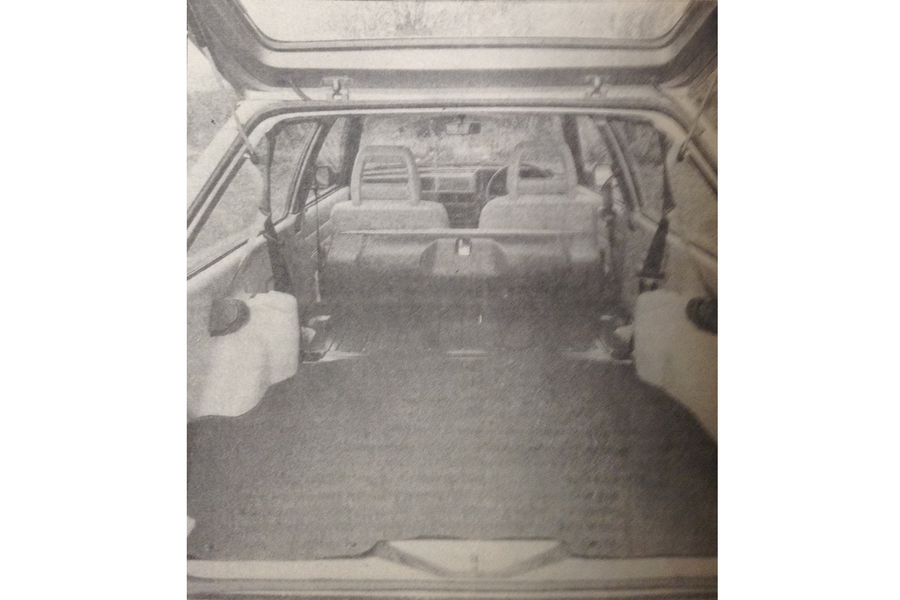

Join the debate
Add your comment
It would be so much more
Xr3
Escort Mk3 success but Peugeot 205 was the best hot hatch
The Mk3 escort was a big success in the early 80's but was overtaken by the Peugeot 205 by the Mid 80's in Gti and diesel form. IT does seem a long time ago when a 99 bhp XR3 or 105bhp XR3i was considered to be a hot hatch.
Owned once '85 hatch